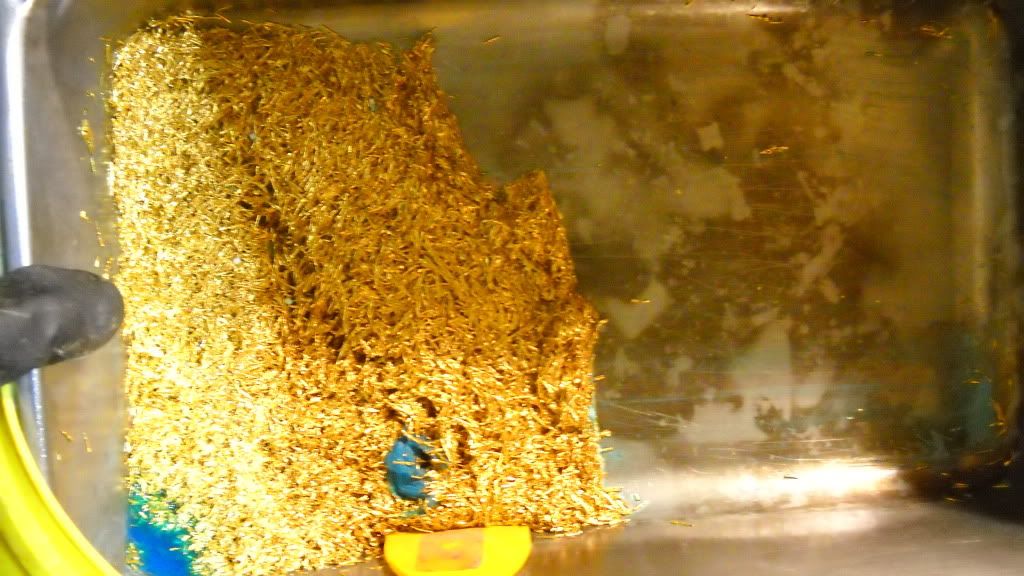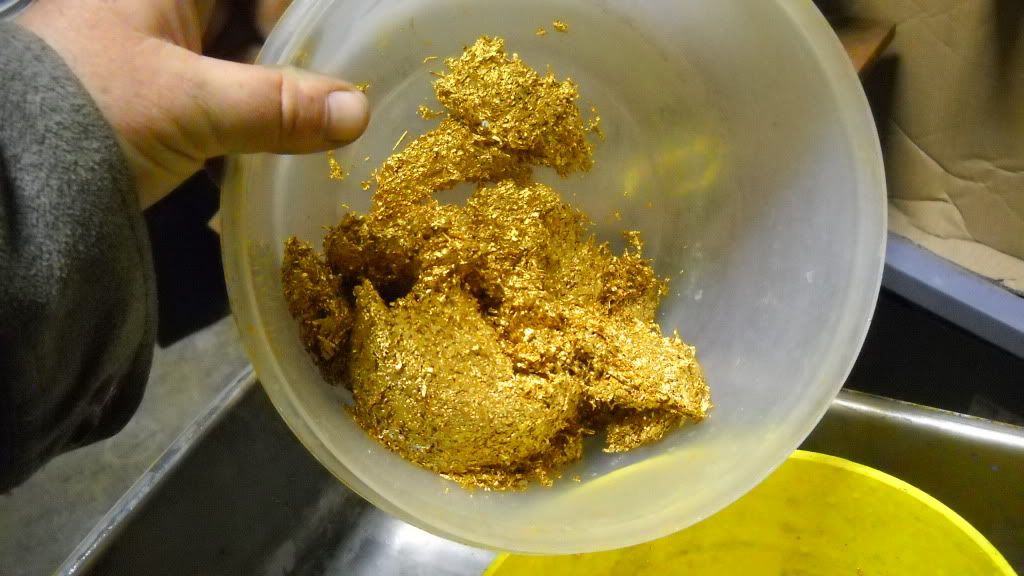I want to start by saying that this will be a real time post. By real time, I mean my real time. So it may take much longer than it would if I were able to stay on top of it. But as a lot of you know, life gets busy.
I have 100 ounces of pins. I believe these pins to be high grade. I felt this would be a good way to find out for sure if they are.
I'm going to proces them using AP to recover the gold then HCL/CL to refine.
I thought about just posting this after I finished, to share my data but then I got to thinking that I'm still very new at this and posting it in real time may give another member time to stop me from making a mistake. I hope that is acceptable.
The pictures below are my pins ready for a soak in AP. It has taken a very long time to get these, and I'm very excited to see how much gold they give me.
Comments are welcome and encouraged! Thank you!
I have 100 ounces of pins. I believe these pins to be high grade. I felt this would be a good way to find out for sure if they are.
I'm going to proces them using AP to recover the gold then HCL/CL to refine.
I thought about just posting this after I finished, to share my data but then I got to thinking that I'm still very new at this and posting it in real time may give another member time to stop me from making a mistake. I hope that is acceptable.
The pictures below are my pins ready for a soak in AP. It has taken a very long time to get these, and I'm very excited to see how much gold they give me.
Comments are welcome and encouraged! Thank you!






















































































